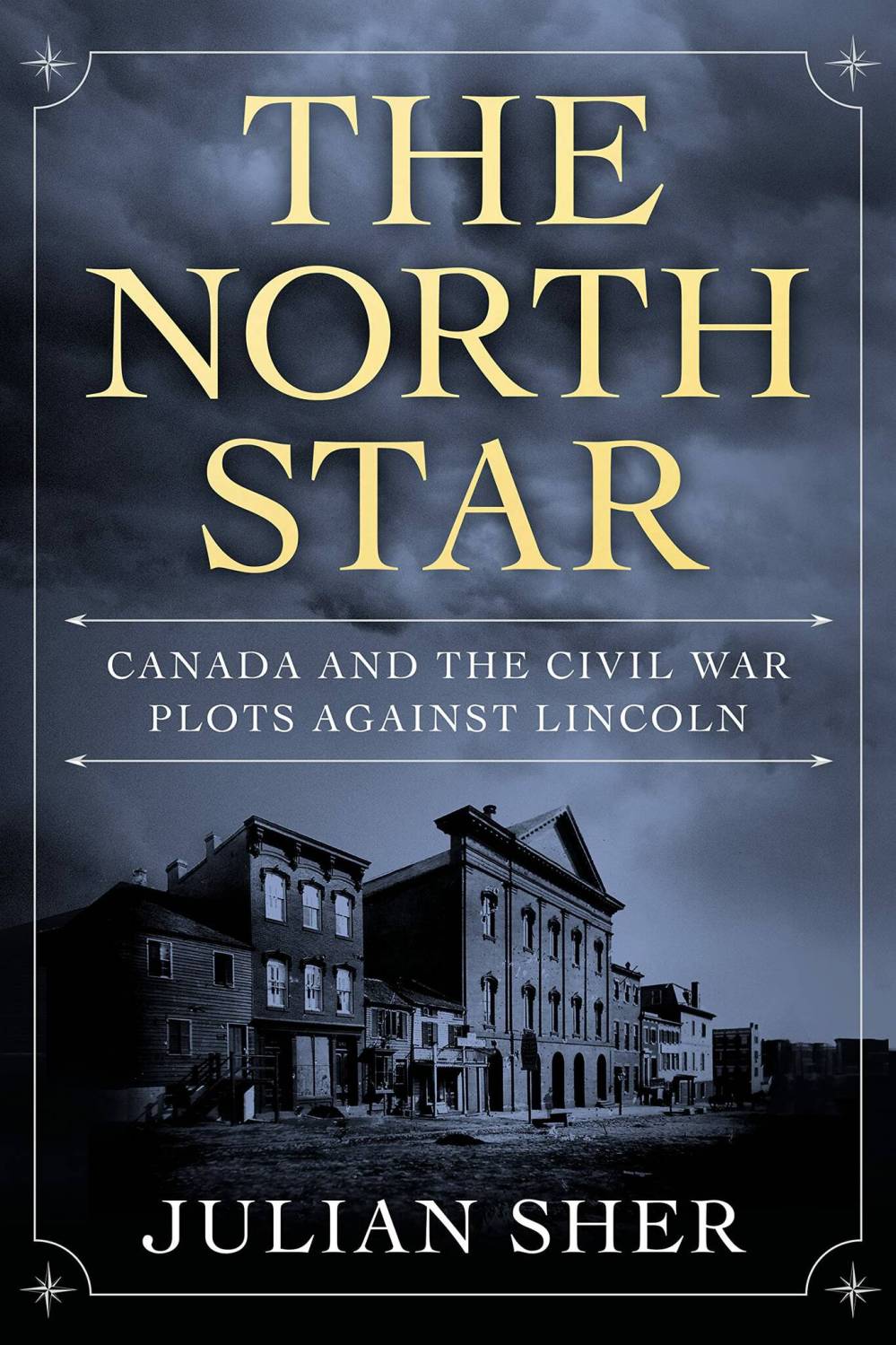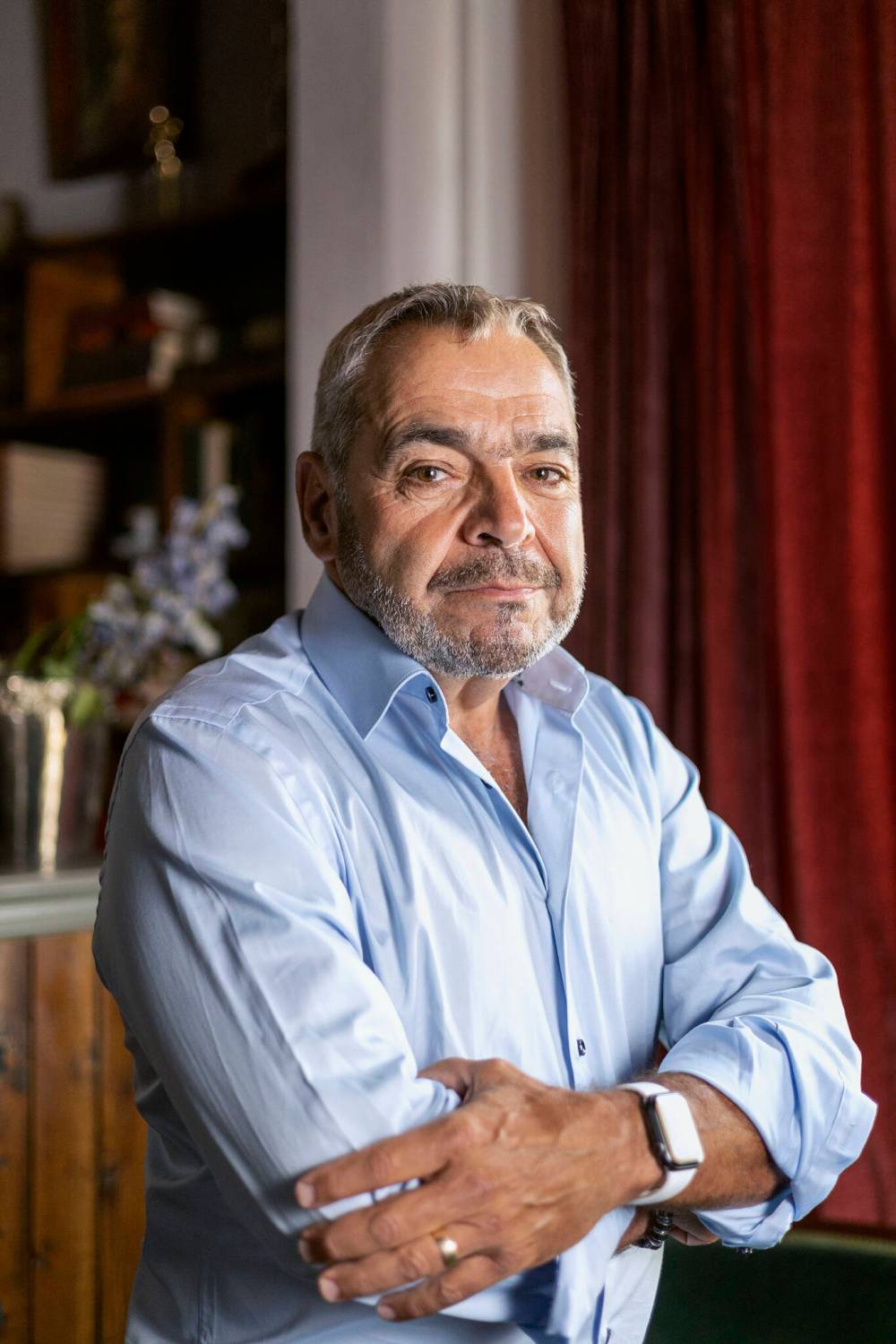Complicated connections
Canada’s role in U.S. Civil War, Lincoln’s death examined in engaging account
Advertisement
Read this article for free:
or
Already have an account? Log in here »
To continue reading, please subscribe:
Monthly Digital Subscription
$0 for the first 4 weeks*
- Enjoy unlimited reading on winnipegfreepress.com
- Read the E-Edition, our digital replica newspaper
- Access News Break, our award-winning app
- Play interactive puzzles
*No charge for 4 weeks then price increases to the regular rate of $19.00 plus GST every four weeks. Offer available to new and qualified returning subscribers only. Cancel any time.
Monthly Digital Subscription
$4.75/week*
- Enjoy unlimited reading on winnipegfreepress.com
- Read the E-Edition, our digital replica newspaper
- Access News Break, our award-winning app
- Play interactive puzzles
*Billed as $19 plus GST every four weeks. Cancel any time.
To continue reading, please subscribe:
Add Free Press access to your Brandon Sun subscription for only an additional
$1 for the first 4 weeks*
*Your next subscription payment will increase by $1.00 and you will be charged $16.99 plus GST for four weeks. After four weeks, your payment will increase to $23.99 plus GST every four weeks.
Read unlimited articles for free today:
or
Already have an account? Log in here »
Hey there, time traveller!
This article was published 27/05/2023 (925 days ago), so information in it may no longer be current.
Democracy is not worrying the walls are thin.
Which is just as well, since what Julian Sher is letting us know is as hair-raising as discovering the Mona Lisa was paint-by-numbers.
Sher’s words — well said and documented — do us a refreshing favour by explaining that Canada didn’t just support the Underground Railroad that funnelled southern slaves into this country.
The Associated Press files
This image made from a glass plate negative, taken circa 1863, shows then-president Abraham Lincoln at a portrait studio in Washington, D.C.
We also gave birth to something highly controversial and less noble in the American Civil War — an underground highway of mayhem and mischief operated in Canada by Confederate spies and agents for export to their enemy, the North.
This is Julian Sher’s eighth book. An investigative reporter, he has also directed and written major documentaries, including one, Nuclear Jihad, awarded the duPont-Columbia University Award, the broadcast equivalent of the U.S. Pulitzer Prize. He is based in Montreal.
Among the actions southern U.S. spies in Canada undertook during the war that ran from 1861-65 was gunrunning, piracy on the Great Lakes to free Confederate prisoners, bank robbery in the north, terror raids on northern U.S. towns and schemes to embarrass then-president Abraham Lincoln. They also planned to burn major northern cities, but all they did was set fires in rooms in 17 New York hotels. The fires died out for lack of oxygen. (They didn’t think to open the windows.)
What’s even more inflammatory is Sher’s documentation of Canada’s part in the assassination of Lincoln in 1865 by John Wilkes Booth. Sure, we didn’t pull the trigger, but a few powerful Canadians helped by believing Booth’s intent was just, and they harboured him in Canada before he pulled the trigger on his single-shot .44 calibre derringer at Ford’s Theatre in Washington, D.C., (Booth had wanted to kidnap Lincoln, but never got the chance.)
A Toronto aristocrat and virulent white supremacist hid southern U.S. agents in his mansion and bankrolled some of their plots. The Roman Catholic church hid one of Booth’s accomplices out in rural Quebec. Many Canadians considered the U.S. north to be bullying the southern states.
Sher writes with a reassuring confidence, and it is easy to believe him. His accomplishments are impressive.
England was neutral during the American Civil War and therefore Canada, still part of the British Empire, was also nominally neutral, a status that enraged Lincoln — Canada was therefore legitimizing the breakaway slave states as separate and equal to Lincoln’s north. More importantly, it meant Confederate agents were free to operate a secret service in Canada.

The North Star
Meanwhile, 30,000 to 50,000 English- and French-Canadians joined the fight, overwhelmingly on the Union side, including 2,500 Blacks along with Canada’s first Canadian-born Black doctor, Anderson Abbott. After the war, Abbott became an effective advocate for civil rights.
Another notable participant was Emma Edmonds, a New Brunswick woman who enlisted as a man in the Michigan Volunteer Infantry and served as a battlefield nurse. Her disguise worked. After the war she told her comrades the truth. (She was buried with full military honours.)
As Sher points out, racism didn’t end with the Civil War. For example, in 1914 a memorial honouring Confederate war dead was unveiled in the Arlington National Cemetery in Washington, D.C., while Black soldiers were still buried in segregation. That wasn’t changed until 1948.
The Southern Poverty Law Center estimates that almost 400 Confederate symbols have been taken down since 2015 in the U.S., but that hundreds remain. And it wasn’t until 2017 that a plaque on the wall of the Hudson’s Bay Company store in Montreal was removed. The plaque honoured none other than the leader of the Confederacy, Jefferson Davis. After the war he fled to Canada and lived in Montreal.
One of the most bizarre characters involved in the Civil War was Dr. Luke Blackburn, a slave-owning medical doctor in Mississippi, who settled in Canada to help the southern states fight. In 1864 he was in Bermuda fighting outbreaks of yellow fever. There was at that time no cure. Dr. Blackburn shipped back soiled clothing from dying patients in hopes of killing northerners with them. Of course, it didn’t work because mosquitoes, not soiled clothing, cause yellow fever. Curiously, after the war Blackburn returned to the U.S. and became governor of Kentucky. The state mounted a monument on his grave, calling him “A Good Samaritan.”
And then there was Lincoln’s assassin. A few months before the killing, John Wilkes Booth met in Montreal with Confederate agents to plan his escape route after he was to kill the president. When he shot Lincoln, the war was already over — Gen. Robert E. Lee had surrendered his huge Confederate army mere days before — but Booth still thought the Confederacy could be restored.

Michael Doyle photo
Julian Sher
A regiment led by a Quebec born and raised Union soldier, Edward Doherty, tracked Booth down to a farm in Virginia and killed him 12 days after he shot Lincoln.
Meanwhile, calling a war “civil” is grotesque.
Barry Craig is a retired journalist.


